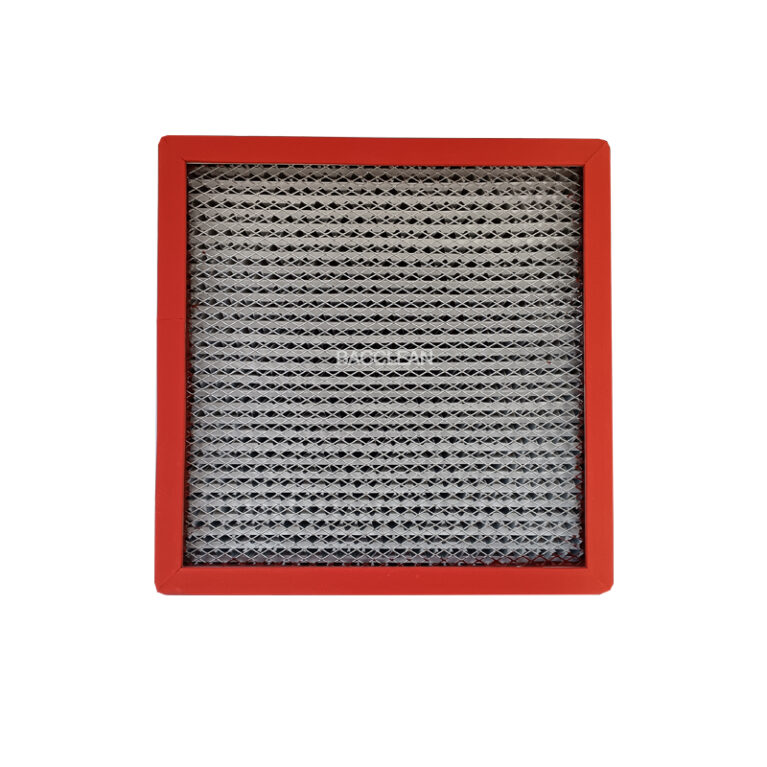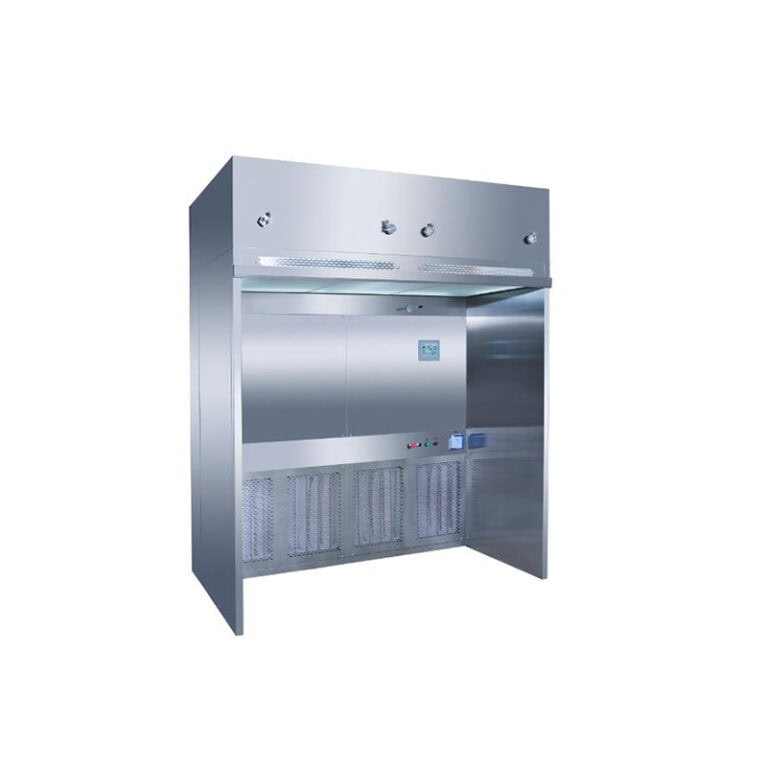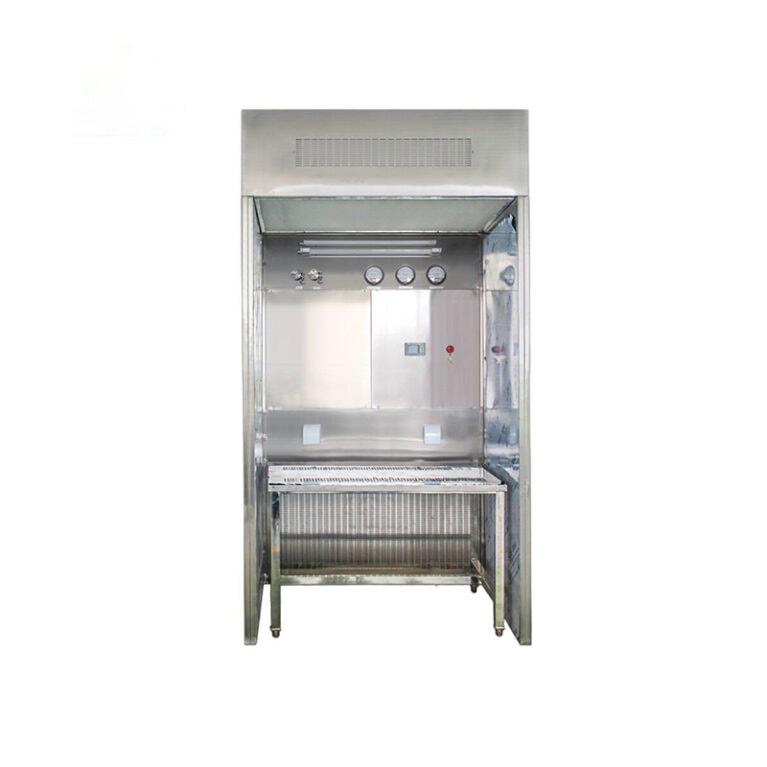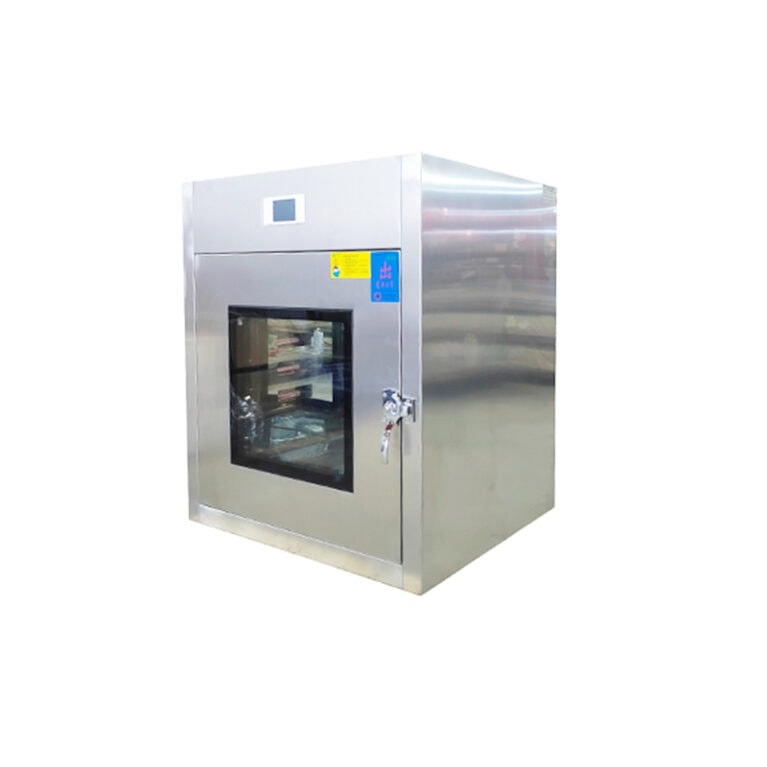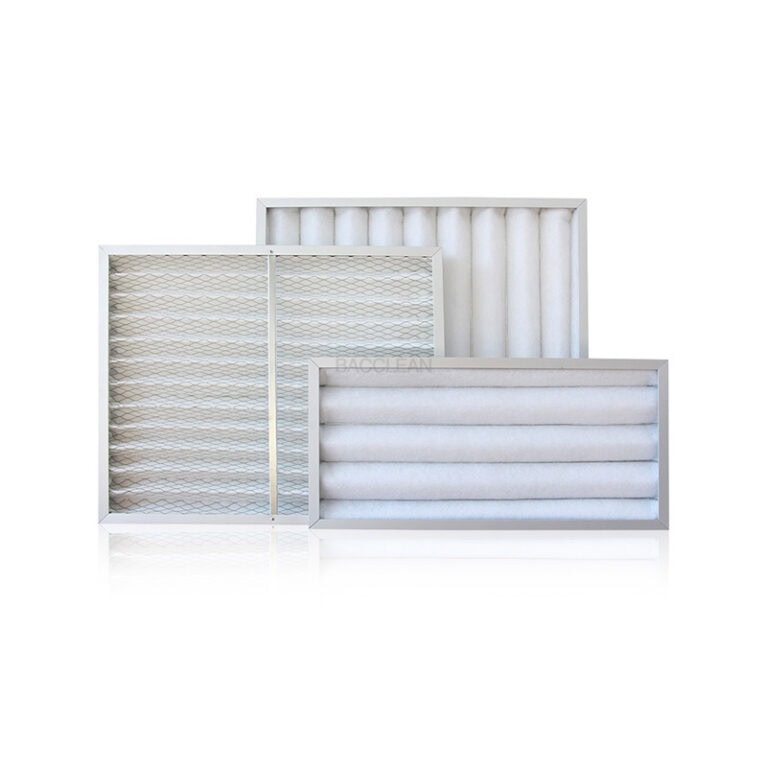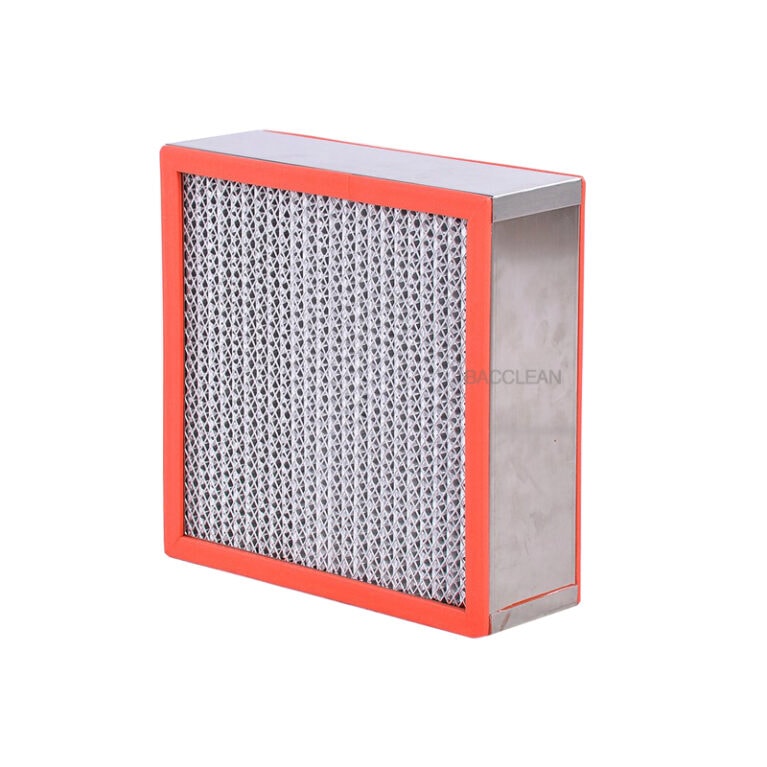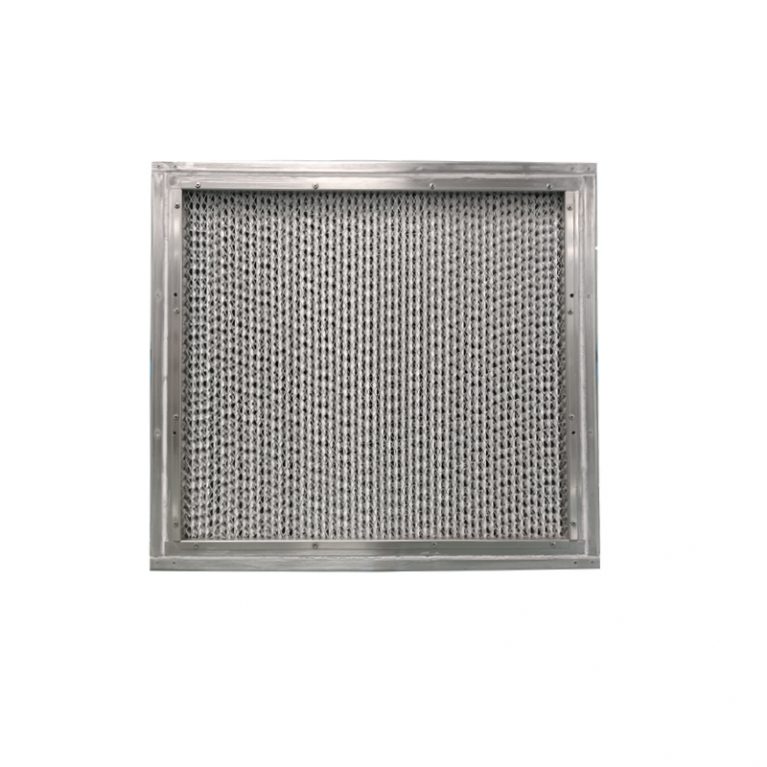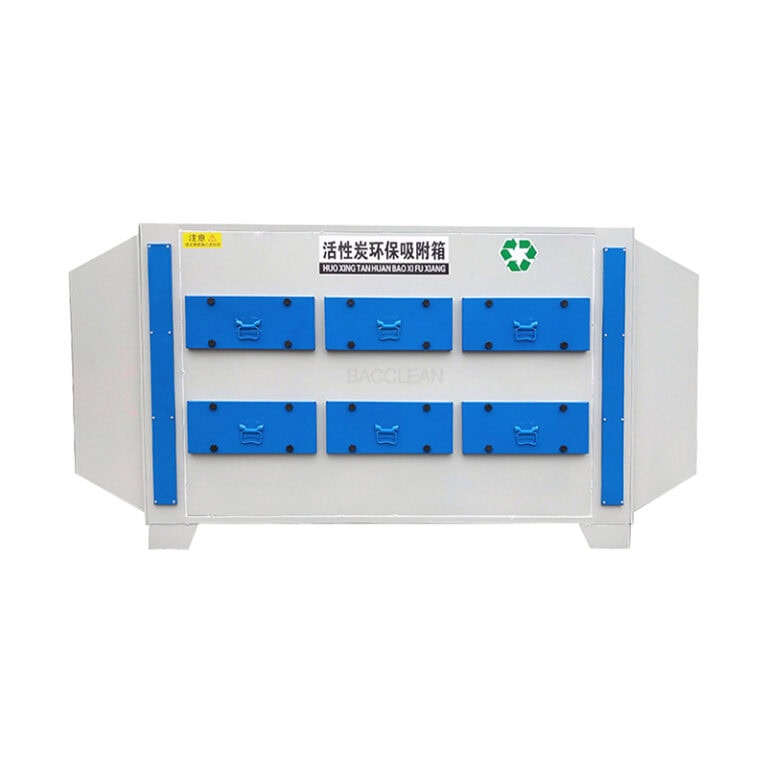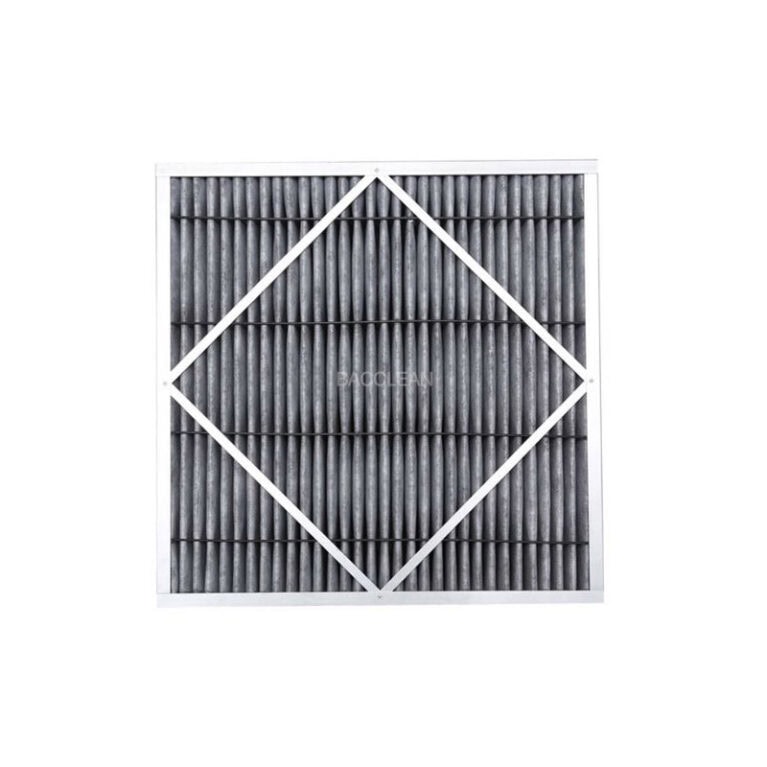Bien que l'armoire de surpression d'air frais et l'armoire d'adsorption sur charbon actif soient toutes deux liées au traitement de l'air, elles présentent des différences significatives au niveau des fonctions principales, des principes de fonctionnement et des scénarios d'application, comme indiqué ci-dessous :
I. Fonctions essentielles et objectifs de conception
Armoire de surpression d'air frais
La fonction principale est d'introduire et de purifier l'air frais extérieur, tout en maintenant une pression intérieure positive par pressurisation afin d'améliorer la ventilation intérieure et la qualité de l'air. L'objectif de sa conception est de résoudre les problèmes de "circulation insuffisante de l'air" et d'"intrusion de polluants extérieurs", en mettant l'accent sur l'"apport d'air frais" et le "contrôle de la pression de l'air".
Armoire d'adsorption à charbon actif
Sa fonction principale est de purifier l'air existant dans une pièce ou un espace spécifique, en éliminant les odeurs et les gaz nocifs (tels que le formaldéhyde, les COV, les odeurs nauséabondes, etc.) présents dans l'air grâce à l'effet d'adsorption du charbon actif. Son objectif est de résoudre le problème de la "pollution de l'air existant", en mettant l'accent sur la "purification de l'air" plutôt que sur l'"introduction d'air frais".
Ii. Principe de fonctionnement
Armoire de surpression d'air frais
L'air frais est extrait de l'extérieur et passe par un système de filtration (filtres primaires et filtres à efficacité moyenne, certains comprenant des filtres à haute efficacité) pour éliminer les particules, la poussière, le pollen, etc.
L'air frais filtré est pressurisé par le ventilateur et envoyé dans la pièce.
En augmentant la pression pour créer une pression intérieure positive, il empêche l'air extérieur impur de s'infiltrer par les interstices des portes et des fenêtres, tout en poussant l'air intérieur vicié à être évacué par le système d'échappement.
Logique de base : "Introduire de l'air frais et propre + pressuriser pour prévenir la pollution + remplacer l'air intérieur.
Armoire d'adsorption à charbon actif
En général, pour l'air circulant à l'intérieur (ou l'air proche de sources de pollution locales), l'air est aspiré dans l'équipement par un ventilateur.
Lorsque l'air traverse le filtre à charbon actif, la structure poreuse du charbon actif adsorbe les gaz organiques, les molécules odorantes, etc. présents dans l'air.
L'air purifié est rejeté dans la pièce (ou directement à l'extérieur).
La logique de base est la suivante : "Adsorber et éliminer des polluants spécifiques dans l'air", sans impliquer l'introduction d'air frais extérieur.
Iii. Différences dans les éléments de base
Composant : armoire de surpression d'air frais, armoire d'adsorption au charbon actif
Les matériaux filtrants de base sont principalement des filtres à particules (à efficacité primaire, moyenne et élevée), principalement du charbon actif (ou du charbon actif modifié).
La fonction du ventilateur met l'accent sur la pression et le volume d'air. Il est principalement utilisé pour l'alimentation en air sous pression et la circulation de l'air, avec une exigence relativement faible en matière de pression d'air
Les caractéristiques supplémentaires peuvent inclure un échangeur de chaleur (économie d'énergie), et le contrôle de l'humidité peut être combiné avec d'autres filtres (tels que le photocatalyseur, HEPA).
Les points clés de l'installation comprennent le raccordement de l'entrée d'air extérieur et du conduit d'alimentation en air intérieur, qui sont principalement destinés à la circulation intérieure, ou le raccordement de l'air vicié provenant de sources de pollution locales.
Iv. Différences dans les scénarios d'application
Scénario typique d'une armoire de surpression d'air frais
Lieux qui nécessitent une introduction continue d'air frais et un contrôle de la pression de l'air, tels que :
Immeubles résidentiels et de bureaux dans les zones de smog sévère (pour empêcher la pollution extérieure de pénétrer) ;
Salles d'opération d'hôpitaux, ateliers de précision (maintien d'un environnement propre à pression positive) ;
Cage d'escalier de secours dans les immeubles de grande hauteur (prévention de la fumée sous pression).
Scénario typique d'une armoire d'adsorption à charbon actif
Endroits où les polluants ou les odeurs intérieurs existants doivent être éliminés, par exemple :
Les maisons récemment rénovées (qui absorbent le formaldéhyde, le benzène et d'autres polluants décoratifs) ;
Cuisine et salle de bains (élimination des fumées et odeurs de cuisson) ;
Laboratoire, cabine de peinture (pour la manipulation des gaz nocifs locaux).
V. Résumé : les principales différences peuvent être résumées en une phrase
L'armoire de surpression d'air frais est conçue pour "faire entrer de l'air frais de l'extérieur et augmenter la pression pour prévenir la pollution", ce qui permet de résoudre les problèmes de ventilation et de pression d'air. L'armoire d'adsorption à charbon actif est conçue pour "purifier" l'air intérieur et le recycler, ce qui permet de résoudre le problème de la pollution de l'air existante. Les deux peuvent être utilisés en combinaison (par exemple, l'armoire à air frais introduit de l'air pur et l'armoire à charbon actif traite les odeurs résiduelles dans la pièce), mais leurs fonctions ne peuvent pas se substituer l'une à l'autre.
